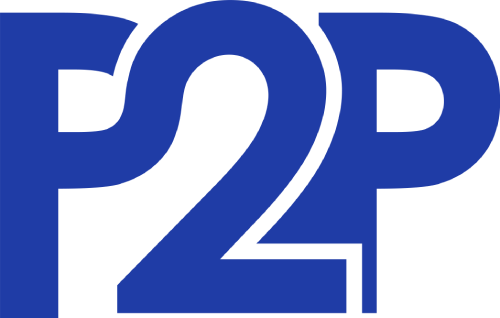Every entrepreneur “has a dream”—a dream of starting a business, developing their “great” idea, and taking it to market. However, not  every business venture succeeds; in fact, over 80% fail within the first year. The idea may not be as good as you believe, funds may run out faster than you think, there may be critical skill gaps, and many more reasons.
every business venture succeeds; in fact, over 80% fail within the first year. The idea may not be as good as you believe, funds may run out faster than you think, there may be critical skill gaps, and many more reasons.
If you're an entrepreneur (or intrapreneur) with an idea, before venturing into starting a business around it, consider the following four scenarios and see which one best describes your situation.
Scenario 1. Have expertise and funding
This is probably the best-case scenario in which you and your business partners have the required expertise and sufficient funding to develop and market the product. It is essential to diligently manage the funds to ensure that the investment can fuel the venture for as long as possible. If the idea is strong and the product gains good traction, investors will seek to be a part of it.
Scenario 2. Have expertise but no funding
In this scenario, you, and your business partners have the required expertise to design and develop the product, gaining reasonable traction that attracts investors for marketing and monetization.
Scenario 3. Have some expertise and some funding
In this scenario, there is enough expertise and funding to jump start the venture, but additional expertise and investment are required to sustain and progress the venture further. You need to utilize the funding to hire critical expertise that you need for the design and development of the product. However, if you are not careful with staffing needs and associated costs, this can quickly drain the funds. As a rule of thumb, an experienced software developer in the U.S. may cost around $100K annually. Depending on the size and complexity of the project, funding can dry up rather quickly. This scenario is ideal for exploring team augmentation in a lower cost region.
Scenario 4. Have neither expertise nor funding!
If your situation fits this scenario, you just have a “dream” and a “great idea”. Unless you can bring in partners who have the potential to transition your situation into one of the other three scenarios, you may be dreaming for a long time!
When is time to explore team augmentation?
 Common sense dictates that if you have critical skill gaps and you are concerned about how far your funding can fuel the venture, you should evaluate lower-cost staffing options. Consider working with service companies in India or other lower cost regions for team augmentation. As mentioned earlier, an experienced software developer in the U.S. may cost you around $100K a year, while the same budget could get you 3-4 software developers in India with equivalent skills.
Common sense dictates that if you have critical skill gaps and you are concerned about how far your funding can fuel the venture, you should evaluate lower-cost staffing options. Consider working with service companies in India or other lower cost regions for team augmentation. As mentioned earlier, an experienced software developer in the U.S. may cost you around $100K a year, while the same budget could get you 3-4 software developers in India with equivalent skills.
Last words…
In the team augmentation model, resources seamlessly integrate with your team. You directly manage their work, and they adhere to your design guidelines and processes.
If you are facing software and IT gaps, and you are concerned about the extent of your funding for the venture, hiring a team of highly qualified experts from a small-mid size service provider in India (or other low-cost regions) would be a worthwhile option to evaluate. You can fill in the talent gaps quickly, save up to 60% in staffing cost, and are likely to build a business relationship for future needs.
We developed JobPairing utilizing a service company in India. Read about our team augmentation experience in this blog.


